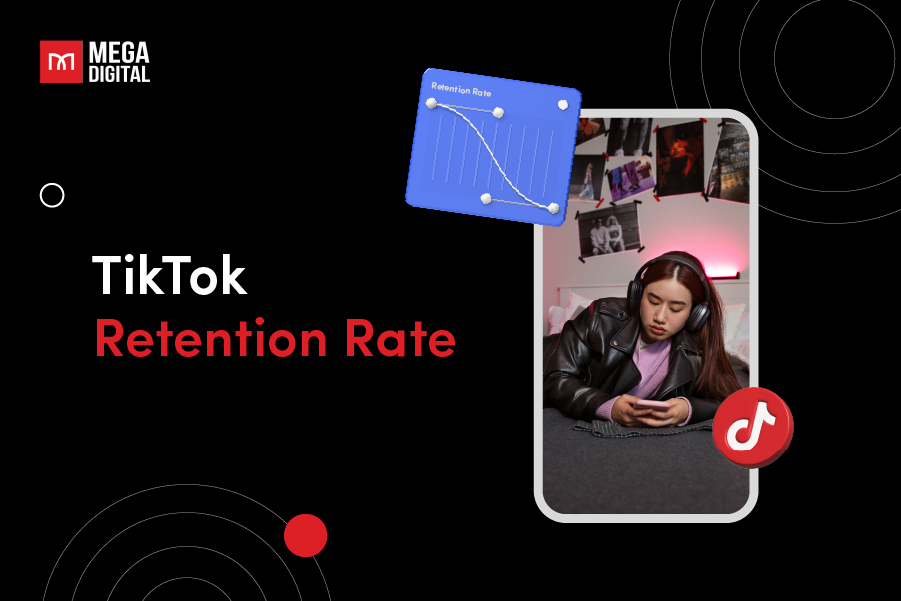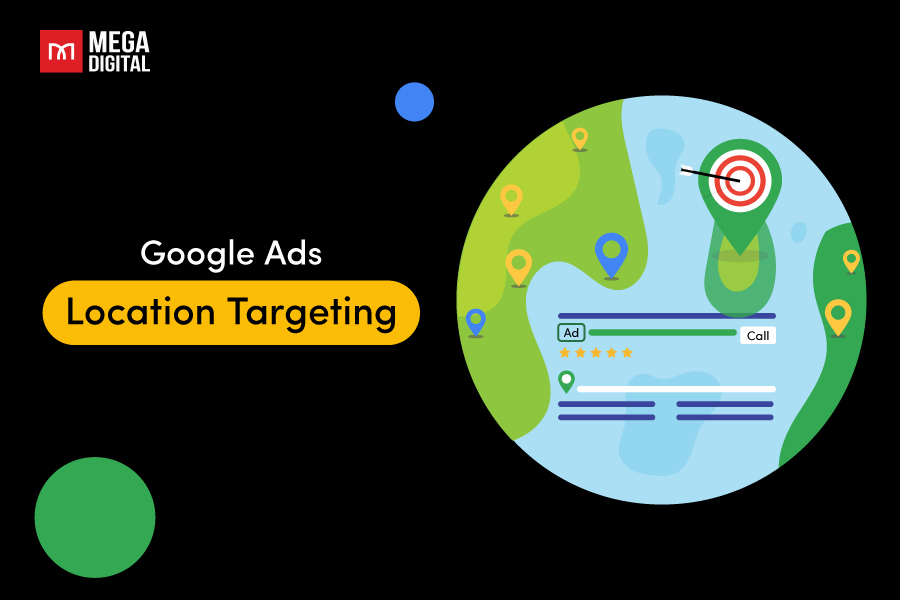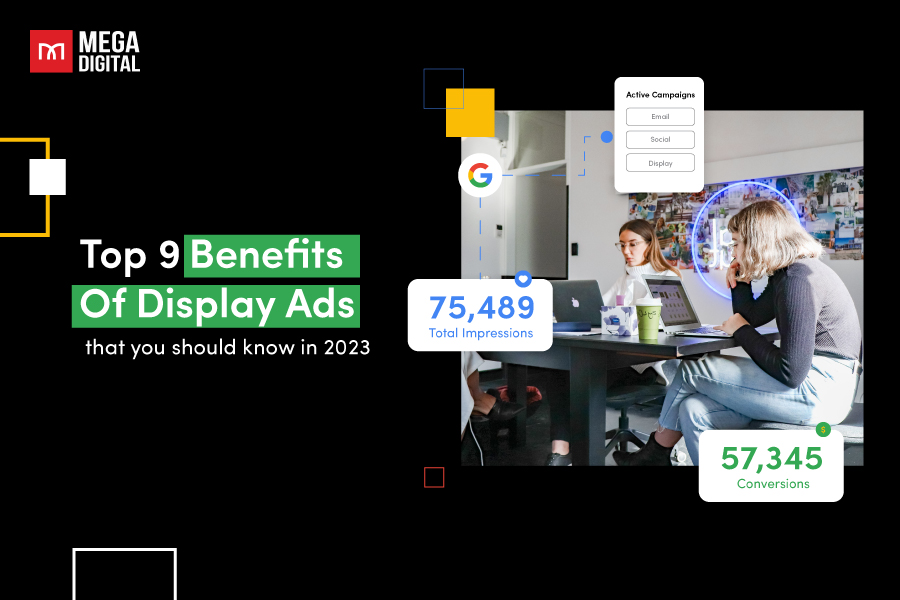As digital advertising becomes increasingly competitive, optimizing your bidding strategy is crucial to achieving your campaign goals. Microsoft Advertising offers a range of bid strategies to help you make the most of your budget and drive better results. In this article, we’ll explore all Microsoft Ads bid strategies.
- What are Bidding Strategies in Microsoft Ads?
- How does Microsoft Ads bidding work?
- 13 Microsoft Ads Bidding Strategy Options
- #1 Maximize Conversions
- #2 Maximize Conversion Value
- #3 Maximize Clicks
- #4 Target CPA (Cost Per Acquisition)
- #5 Target ROAS (Return On Ad Spend)
- #6 Target Impression Share
- #7 Enhanced CPC
- #8 Manual CPC
- #9 Manual CPM
- #10 Manual CPV
- #11 Cost Per Completed View (CPCV)
- #12 Cost Per Thousand Impressions (CPM)
- #13 Cost Per Sale (CPS)
- What Microsoft Ads Bid Strategies Should You Choose?
- How to Set Microsoft Ads Bid Strategy?
- Pro Tips for Microsoft Ads Bid Strategies
What are Bidding Strategies in Microsoft Ads?
When launching a new Bing Ads campaign, selecting a bidding strategy is a crucial step. If your primary objective is to generate leads or sales, choosing a bidding strategy tailored to optimize for these goals is important.

As an advertiser, your aim is to develop campaigns that experiment with optimal targeting strategies for your business. As campaigns gather more conversion data, you can enhance successful targeting methods while eliminating those that fail to generate conversions. Your budget allocation will be determined by the performance of top-performing elements such as ads, landing pages, keywords, locations, and product targeting.
How does Microsoft Ads bidding work?
Microsoft Ads bidding works through an auction-based system, where advertisers bid on keywords or placements to display their ads on the Microsoft Advertising network, which includes Bing search results, Microsoft-owned websites, and partner sites. Here’s how the bidding process generally works:
1. Advertiser Sets Bids
Advertisers specify the maximum amount they are willing to pay for a click (Cost-Per-Click or CPC) or for 1,000 impressions (Cost-Per-Thousand Impressions or CPM). These bids are set at the keyword level in search campaigns or at the ad group or audience level in display campaigns.
2. Ad Auction
When a user performs a search query or visits a website within the Microsoft Advertising network, an ad auction takes place. The auction considers several factors, including the advertiser’s bid, ad quality, relevance, and expected click-through rate (CTR).

3. Determining Ad Rank
Ad Rank is a metric used to determine the position of an ad in search results or on a webpage. It is calculated by multiplying the advertiser’s bid by the ad’s Quality Score. The Quality Score is based on factors like ad relevance, landing page experience, and historical performance.
4. Displaying Ads
Ads with higher Ad Ranks are more likely to appear in prominent positions on search engine results pages (SERPs) or websites within the Microsoft Advertising network. Ad position is also influenced by other factors such as ad extensions, targeting settings, and competition.
5. Cost Calculation
The actual cost paid by an advertiser when their ad is clicked (for CPC bidding) or displayed (for CPM bidding) depends on several factors, including the Ad Rank of the advertiser below them and the Quality Score of their own ad.
13 Microsoft Ads Bidding Strategy Options
All Microsoft Ads Bid Strategies serve distinct objectives and suits various campaign types. Below, I outline each strategy, detailing their applications across different campaigns, and provide one tip to maximize their effectiveness.
#1 Maximize Conversions
With Maximize Conversions, Microsoft Advertising automatically adjusts your bids in real-time to maximize the number of conversions within your budget.
Microsoft Advertising always adheres to your overall budget limit. However, if you prefer more bid control with Maximize Conversions, you can also set a maximum Cost Per Click (CPC) to ensure charges do not exceed a certain amount per click.
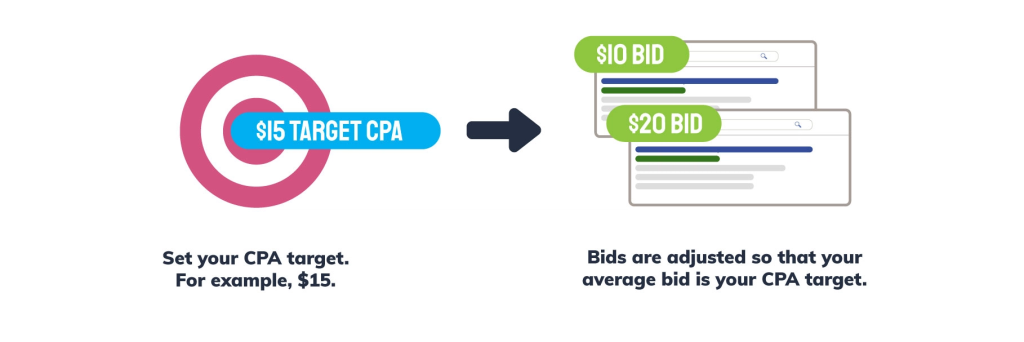
To utilize the Maximize Conversions bid strategy, you must enable conversion tracking, which can be achieved through either a UET tag, an active conversion goal, or offline conversions. It’s advisable to allow sufficient time for the bid strategy to accumulate at least 30 conversions before evaluating its performance.
Bids for keywords under Maximize Conversions cannot be manually altered, meaning automated rules and third-party bid management tools won’t impact them. Microsoft Advertising retains full control over bid optimization with Maximize Conversions. Nonetheless, any bid adjustments made, or to be made, can influence automated bids under Maximize Conversions.
Note:
Maximize Conversions is accessible for:
- Search campaigns, where supported.
- Shopping campaigns, where supported.
- Audience campaigns, where supported.
#2 Maximize Conversion Value
Maximize Conversion Value prioritizes optimizing high-value conversions and the overall sales value of your campaign. Microsoft Advertising automatically adjusts your bids in real-time to maximize the total conversion value within your budget. If you have specific return on investment (ROI) objectives, you have the option to incorporate a Target ROAS (return on ad spend). For further details on Target ROAS, please refer below.
Note:
- Maximize Conversion Value is accessible for:
- Search campaigns, where supported.
- Shopping search campaigns, where supported.
- Maximize Conversion Value is not available for Microsoft Store Ads.
#3 Maximize Clicks
With Maximize Clicks, Microsoft Advertising dynamically adjusts your bids in real-time to maximize the number of clicks within your budget.
Microsoft Advertising always respects your overall budget limit. However, if you desire more bid control with Maximize Clicks, you can set a maximum Cost Per Click (CPC) to ensure charges do not exceed a certain amount per click. Note that Maximum CPC campaigns do not support bid landscape functionality.

Bid adjustments for keywords under Maximize Clicks cannot be altered manually, hence automated rules and third-party bid management tools won’t affect them. Microsoft Advertising maintains complete control over bid optimization with Maximize Clicks. Nevertheless, any bid adjustments set, or to be set, can influence automated bids under Maximize Clicks.
When using auto bidding, bids can only be set at the campaign level. The auction bid for every keyword is calculated dynamically by the backend model in real-time.
Note:
- Maximize Clicks is exclusively accessible for Search ads and Microsoft Shopping campaigns.
- Assign the highest priority to Shopping campaigns utilizing Maximize Clicks.
- Prevent redundancy by avoiding duplicated product offers across multiple Shopping campaigns utilizing Maximize Clicks.
#4 Target CPA (Cost Per Acquisition)
With Target Cost Per Acquisition (CPA), you set a budget and a 30-day average CPA target, allowing Microsoft Advertising to adjust bids in real-time to meet this average. While individual conversions may vary, the aim is to maintain the average cost per conversion in line with your target.
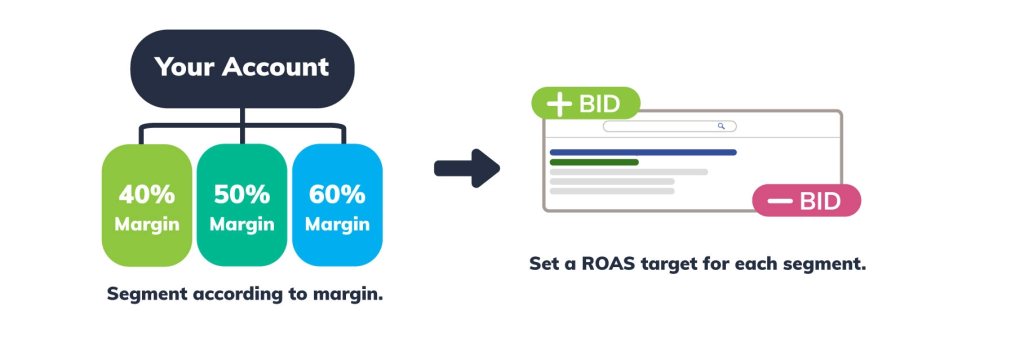
Microsoft Advertising respects your budget limit and allows you to set a maximum Cost Per Click (CPC) for added control. Conversion tracking is necessary for Target CPA, and it’s recommended to gather at least 30 conversions for evaluation.
You can’t manually adjust bids for keywords using Target CPA, and bid landscape functionality isn’t available. However, any previous or future bid adjustments can influence the automated bids under Target CPA.
Target CPA is accessible for:
- Search campaigns, where supported.
- Shopping campaigns, where supported.
- Audience campaigns, where supported. For audience campaigns, you need to choose the Maximize conversions bid strategy initially. Subsequently, you’ll have the option to set a Target CPA if desired.
Note:
- Target CPA functions as a campaign-level objective. While the campaign target CPA is achieved, individual ad groups might exhibit varying CPAs that can fluctuate over time. Additionally, different devices may experience different CPAs.
- When employing auto bidding, bid adjustments can only be made at the campaign level. The auction bid for each keyword is determined by the backend model in real-time.
#5 Target ROAS (Return On Ad Spend)
Automatically adjusting your bids in real-time to achieve a target 30-day average ROAS, Target Return on Ad Spend (ROAS) allows you to set your budget with Microsoft Advertising.
Microsoft Advertising always respects your overall budget limit. However, if you desire more bid control with Target ROAS, you can also set a maximum Cost Per Click (CPC) to ensure charges do not exceed a certain amount per click.
To utilize the Target ROAS bid strategy, you must enable conversion tracking, which can be achieved through either a UET tag, an active conversion goal, or offline conversions. It’s recommended to allow sufficient time for the bid strategy to accumulate at least 30 conversions before evaluating its performance.
Bids for keywords under Target ROAS cannot be manually altered, meaning automated rules and third-party bid management tools won’t impact them. Microsoft Advertising retains full control over bid optimization with Target ROAS. Nonetheless, any bid adjustments made, or to be made, can influence automated bids under Target ROAS while still aiming to achieve your desired ROAS.
Note:
- Target ROAS sets a campaign-level objective. Although individual ad groups may exhibit varying ROAS values, and these values may fluctuate over time, the campaign target ROAS is upheld. Additionally, different devices may experience distinct ROAS values.
- This bid strategy cannot be employed by campaigns utilizing shared budgets unless with a portfolio bid strategy.
- When utilizing auto bidding, bids can only be set at the campaign level, with the auction bid for each keyword calculated dynamically by the backend model in real-time.
- Target ROAS campaigns do not incorporate bid landscape functionality.
#6 Target Impression Share
Setting your budget, desired ad placements, and target impression share, with Target Impression Share, Microsoft Advertising adjusts your bids automatically.
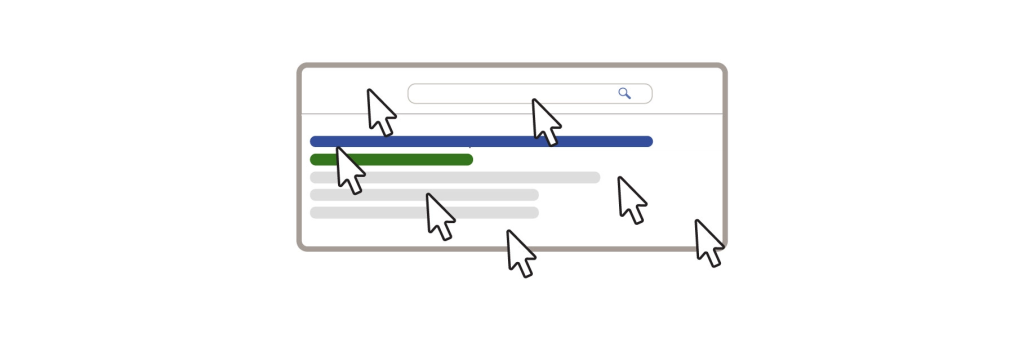
While Microsoft Advertising consistently adheres to your overall budget limit, you also have the option to establish a maximum Cost Per Click (CPC) for added bid control with Target Impression Share. This optional limit ensures that Microsoft Advertising does not exceed a specified amount for each click.
Note:
Target Impression Share is exclusively available for search campaigns.
#7 Enhanced CPC
Enhanced Cost Per Click (CPC) serves as the default bid strategy setting when initiating a new campaign. Under Enhanced CPC, advertisers establish ad group and keyword bids, with Microsoft Advertising autonomously adjusting bids in real-time to enhance the likelihood of a conversion. Bids are elevated for searches with higher conversion potential and decreased for those less likely to convert, following any applied bid adjustments. However, the objective is to ensure that the average CPC remains within the set bid over time.
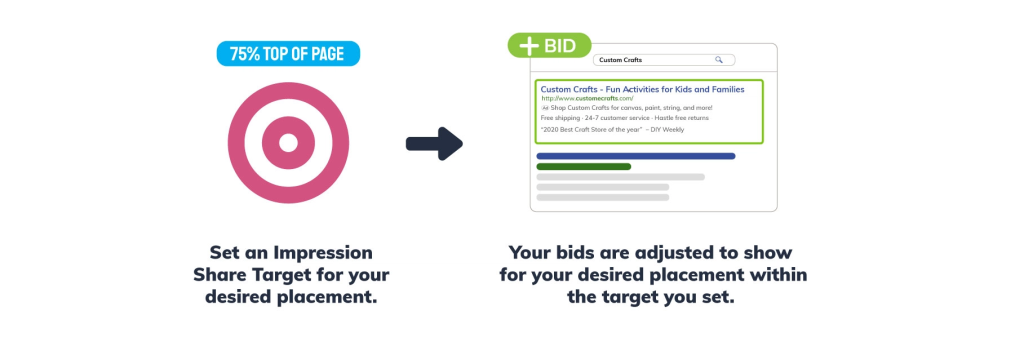
If your campaign hasn’t been optimized yet, Enhanced CPC typically leads to reduced cost per conversion and increased total conversion count, all while adhering to your current budget constraints.
Note:
- For optimal outcomes, it’s highly advised to utilize Enhanced CPC alongside conversion tracking, involving a UET tag and a conversion goal.
- Enhanced CPC does not disrupt third-party bid management tools. It consistently incorporates the bids established by your bid management tool as a starting point before implementing any adjustments.
#8 Manual CPC
Exclusively for audience campaigns, your designated bids are utilized when entering ad auctions.
- Campaign Types: Audience campaigns
- Tip: Offers the highest level of control but demands additional effort.
#9 Manual CPM
For audience campaigns, you specify the cost you’re willing to pay per 1,000 viewed impressions. An impression is considered viewed when more than 50% of the ad pixels are visible to the user for at least one second.
- Campaign Types: Audience campaigns
- Tip: This choice is optimal for branding and awareness objectives.
#10 Manual CPV
Specify the maximum amount you’re willing to pay per view or per click on a video ad in audience campaigns.
- Campaign Types: Audience campaigns
- Tip: Employ this option to control and limit video ad expenses.
#11 Cost Per Completed View (CPCV)
With CPCV (Cost Per Completed View), bids are optimized based on the cost an advertiser wants to pay for each completed view of a CTV (Connected TV) ad. The advertiser sets the desired amount to pay per completed view, and Microsoft Advertising automatically identifies relevant traffic based on the targeting criteria. This ensures that ads are displayed to potential customers likely to view the CTV ad to completion. It should be noted that CPCV is the only bid strategy available for CTV ads.
Note: CPCV is exclusively offered for connected TV (CTV) ads.
#12 Cost Per Thousand Impressions (CPM)
With CPM (Cost Per Mille), bids are tailored based on the cost an advertiser wishes to pay per thousand viewed video impressions. The advertiser specifies the desired amount to pay per thousand viewed video impressions, and Microsoft Advertising dynamically adjusts bids in real-time to maximize video reach. It’s important to note that CPM is the sole bid strategy available for online video ads.
Note: CPM is exclusively offered for online video ads.
#13 Cost Per Sale (CPS)
The Cost per Sale (CPS) bid strategy presents an additional option for shopping campaigns, where advertisers are charged solely for sales occurring within 24 hours of a click on their product ad. Advertisers specify the target cost per sale they aim to achieve to optimize conversions.
It may take up to 72 hours for a CPS shopping campaign to commence delivery. During this time, the campaign’s delivery status will display as “In review”.
Sales for CPS shopping campaigns are tracked in the sales count column rather than the conversion column. To access the sales count data, simply add the Sales column to the Campaigns grid.
Note: CPS is supported on both Microsoft Advertising and the Bing Ads API.
What Microsoft Ads Bid Strategies Should You Choose?
The choice of Microsoft Ads bid strategies depends on your campaign goals and objectives. Below is a detailed comparison table to help you make an informed choice that suits your business.
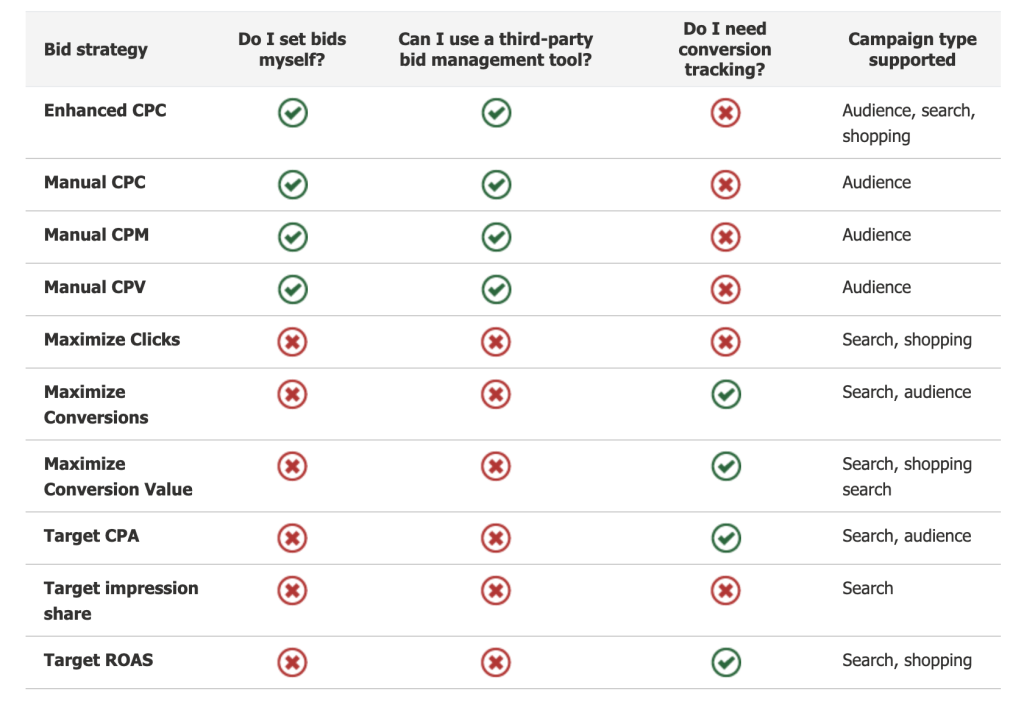
Which Microsoft Ads bid strategies are optimal for your business? I suggest utilizing Target ROAS as it provides the highest level of control over your advertising expenditure. By setting profit-oriented ROAS targets, you can ensure that your spending aligns with profitability.
If you find yourself lacking the time to implement Microsoft bidding, I understand. Ensuring profitability can indeed entail significant effort! Should you require assistance, feel free to reach out to us here. You can discuss your objectives with a Mega Digital advertising expert, and we’ll demonstrate how we can support your business growth!
How to Set Microsoft Ads Bid Strategy?
- Step 1: Access Your Campaign: Log in to your Microsoft Ads account and select the campaign for which you want to adjust the bid strategy.
- Step 2: Navigate to Campaign Settings: Once you’re within the selected campaign, locate and click on the “Settings” tab.
- Step 3: Find the Bid Strategy Section: Scroll down the settings page until you find the “Bid strategy” section.
- Step 4: Click on Bid Strategy: Within the “Bid strategy” section, click on the option that allows you to modify your bid strategy.
- Step 5: Select Your Desired Bid Strategy: A dropdown menu or selection box will appear. Choose the bid strategy that aligns with your campaign objectives and click on it to select.
- Step 6: Save Changes: After selecting your desired bid strategy, ensure to save the changes made to the campaign settings.

Pro Tips for Microsoft Ads Bid Strategies
Below are my recommendations and suggested best practices drawn from my experience:
Avoid Manually Configuring Bids
Bidding strategies automate and enhance bids according to your campaign objectives, such as conversions or return on ad spend (ROAS).
Implement Conversion Tracking
Effective utilization of smart, automated bidding necessitates the prior implementation of conversion tracking. Establish UET tags and conversion goals tailored to your business. Certain strategies like Target ROAS mandate revenue tracking for precise bid optimization.
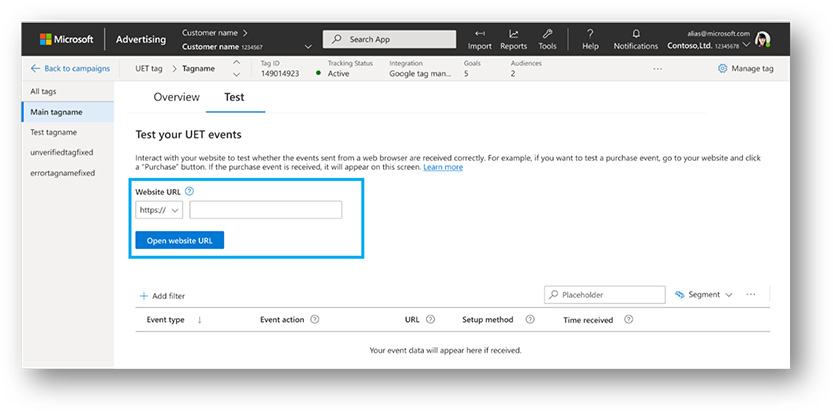
Aim for Increased Conversions
Enhance campaign performance by striving for multiple conversions daily. Limited conversion data can impede campaign optimization, emphasizing the importance of initially focusing on driving as many conversions as possible.
Utilize Bid Adjustments
Employ bid adjustments to maintain greater control over individual ad groups/keywords while harnessing the power of automation.
Wrap up
Microsoft Ads provides various bid strategies customized for diverse campaign objectives and business requirements. Whether prioritizing clicks, conversions or return on ad spend, advertisers can find a strategy to match their goals.
Options range from manual CPC and CPM to automated solutions like Maximize Clicks and Target ROAS, offering flexibility to align with advertising objectives and budget constraints. By comprehending the strengths and intricacies of each strategy, advertisers can optimize campaigns for success on the Microsoft Advertising platform.







